By Amy Thurber, author of What DO You Eat? Sourcing and Cooking Pure Foods
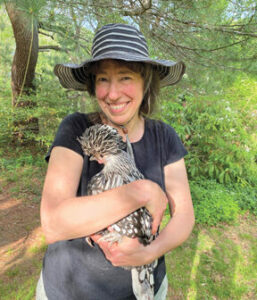 Healing through diet is a powerful tool. Yet for those with allergies, what we eliminate can make healthy eating challenging and stressful. After many years of research, allergy testing, and experimentation, I have been able to develop a healthy, enjoyable diet that satisfies my body’s needs, while managing my various allergies.
Healing through diet is a powerful tool. Yet for those with allergies, what we eliminate can make healthy eating challenging and stressful. After many years of research, allergy testing, and experimentation, I have been able to develop a healthy, enjoyable diet that satisfies my body’s needs, while managing my various allergies.
As a child, I was very sensitive to metals, and could not wear jewelry. Even the tiny contact of a watch band buckle made me break out. I also lived through waves of food allergies to dairy, chocolate, nuts, and mushrooms. These allergies would come and go, but in 2015 when my son was diagnosed with Crohn’s disease at the age of 12, I began suffering from systemic chronic hives.
A friend introduced us to the Specific Carbohydrate Diet. This diet helped my son heal his gut and manage his Crohn’s symptoms. Within a few months, he was enjoying a relatively normal life. I followed the SCD alongside him and was astonished to find my inflammation went away. I had tremendous energy, my joints became more flexible, my face less puffy, and I was returning to a healthy weight.
The guiding principles of the Specific Carbohydrate Diet, or SCD, involve eating a diet that includes monosaccharides while eliminating disaccharides and polysaccharides. By eliminating these two “specific carbohydrates”, you eliminate the food source for the unwanted bacteria in your gut.
When you starve out these unwanted bacteria your microbiome returns to a healthy state where beneficial bacteria flourish. And, since your immune function is strongly influenced by your gut, the SCD also helps to regulate your immune system.
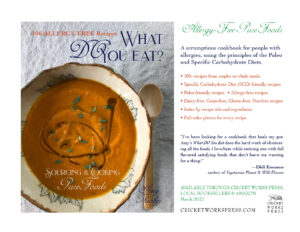 The SCD was made famous by Elaine Gottschall’s book, Breaking the Vicious Cycle: Intestinal Health Through Diet. In this book she explains the cycle that can occur in the small intestine when an individual has certain conditions that have damaged the intestine. These can include celiac disease, soy-protein intolerance, intolerance to cow’s milk protein, chronic diarrhea, parasitic infections of the intestine, cystic fibrosis of the pancreas, and Crohn’s disease.
The SCD was made famous by Elaine Gottschall’s book, Breaking the Vicious Cycle: Intestinal Health Through Diet. In this book she explains the cycle that can occur in the small intestine when an individual has certain conditions that have damaged the intestine. These can include celiac disease, soy-protein intolerance, intolerance to cow’s milk protein, chronic diarrhea, parasitic infections of the intestine, cystic fibrosis of the pancreas, and Crohn’s disease.
So while the SCD was developed to help those with intestinal problems, I recognized its benefits for restoring many other aspects of a healthy body. In my case, I had milk protein intolerance, but also had several long courses of antibiotics to treat tick-borne illnesses. I believe the damage sustained by the antibiotics may have triggered the damage to my intestines.
The injury to the small intestinal surface triggers impaired digestion of disaccharides. This causes malabsorption of disaccharides. In the words of Elaine Gottschall, [when the disaccharides] “remain in the intestinal tract they are utilized by the microbial world of the intestine which depends on this available carbohydrate for the energy the microbes need to live and multiply. Yeast and bacteria change the carbohydrates in ways that can injure the intestine which may respond to these microbial by-products by secreting excessive mucus.”
This creates the vicious cycle which prevents the small intestine from healing and returning to a healthy state where it can absorb disaccharides.
In the case of allergies, the foods we eat can continue to damage the small intestine. Therefore, avoiding foods we are intolerant of, or allergic to, is crucial. Additionally, adopting the SCD will heal the lining of the intestine and stop the vicious cycle.
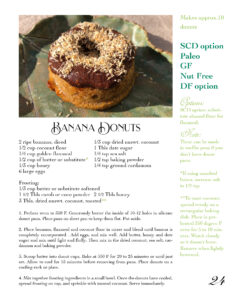 Similarly, many people have found health benefits by following the Paleo and Ketogenic Diets. While these diets eliminate processed sugars and focus on eating healthy fats, they do not follow the same principles as the SCD. Sometimes I use inspiration from Paleo cookbooks, and I have found some Keto snacks to be SCD compliant. It is worthwhile to learn what is allowable on the SCD and check all ingredients listed.
Similarly, many people have found health benefits by following the Paleo and Ketogenic Diets. While these diets eliminate processed sugars and focus on eating healthy fats, they do not follow the same principles as the SCD. Sometimes I use inspiration from Paleo cookbooks, and I have found some Keto snacks to be SCD compliant. It is worthwhile to learn what is allowable on the SCD and check all ingredients listed.
Over the past seven years, I have gone through various forms of allergy testing to recognize what my body was reacting to. Skin prick testing, skin patch testing, ELISA blood testing, and applied kinesiology were all very helpful. With each new bit of information, I plucked more and more food from my diet.
Yet, instead of getting discouraged by what I couldn’t eat, I embraced this new way to look at food by experimenting with new ingredients such as coconut and nut flours for baking, honey and fruits for sweetening, healthy fats, fresh vegetables and local organic eggs, fish and meats. My family’s glowing health fueled my enthusiasm to stick to the SCD.
Eventually, friends and family would ask me, “So… what do you eat?”
I would chuckle and reply, “Fruits, vegetables, meats, eggs, and fish.” It was the omissions that had them perplexed. I have eliminated complex sugars, grains, nuts, starchy vegetables, and some forms of dairy, as well as a few other things I am allergic to. But the foods that I do eat are sustaining, healthy, and give me plenty of energy.
During these conversations I began to realize how many other people suffered from allergies and food intolerances. I was frequently asked to share recipes and favorite cookbooks.
When COVID caused me to stay home, I began enjoying the challenges of sourcing healthy local foods without going to the grocery store. I realized that quality fresh ingredients were crucial to my health and my enjoyment of the food I ate. I also found sticking to single-ingredient whole foods made it much easier to navigate my allergies. I called these Pure Foods.
My husband and I expanded our vegetable garden and got a fresh batch of laying hens. Through our contacts at local farmer’s markets, we were able to access fresh weekly produce and grass-fed meats from our local farmers. As part of a food co-op, we were able to get cases of whole food ingredients for baking and cooking.
Urged by friends and family, I began compiling the recipes I had developed into a cookbook. My daily COVID routines revolved around sourcing healthy pure food, cooking, photographing, and recipe-testing with students via Zoom.
I realized sharing what I had learned about using healthy foods to heal was one of my passions. What DO You Eat? Sourcing and Cooking Pure Foods, was published in March of 2022.
What DO You Eat? is available through amazon.com, and bookstores in the Southcoast, MA area.
Our website: CricketWorksPress.com has more information and a food adventures blog.
Some other resources I have found helpful are:
Breaking the Vicious Cycle website includes a list of allowable foods, and those that should be avoided. Some sources for the SCD are not reliable. When in doubt about an ingredient, it’s always best to refer to this site: Breaking the Vicious Cycle
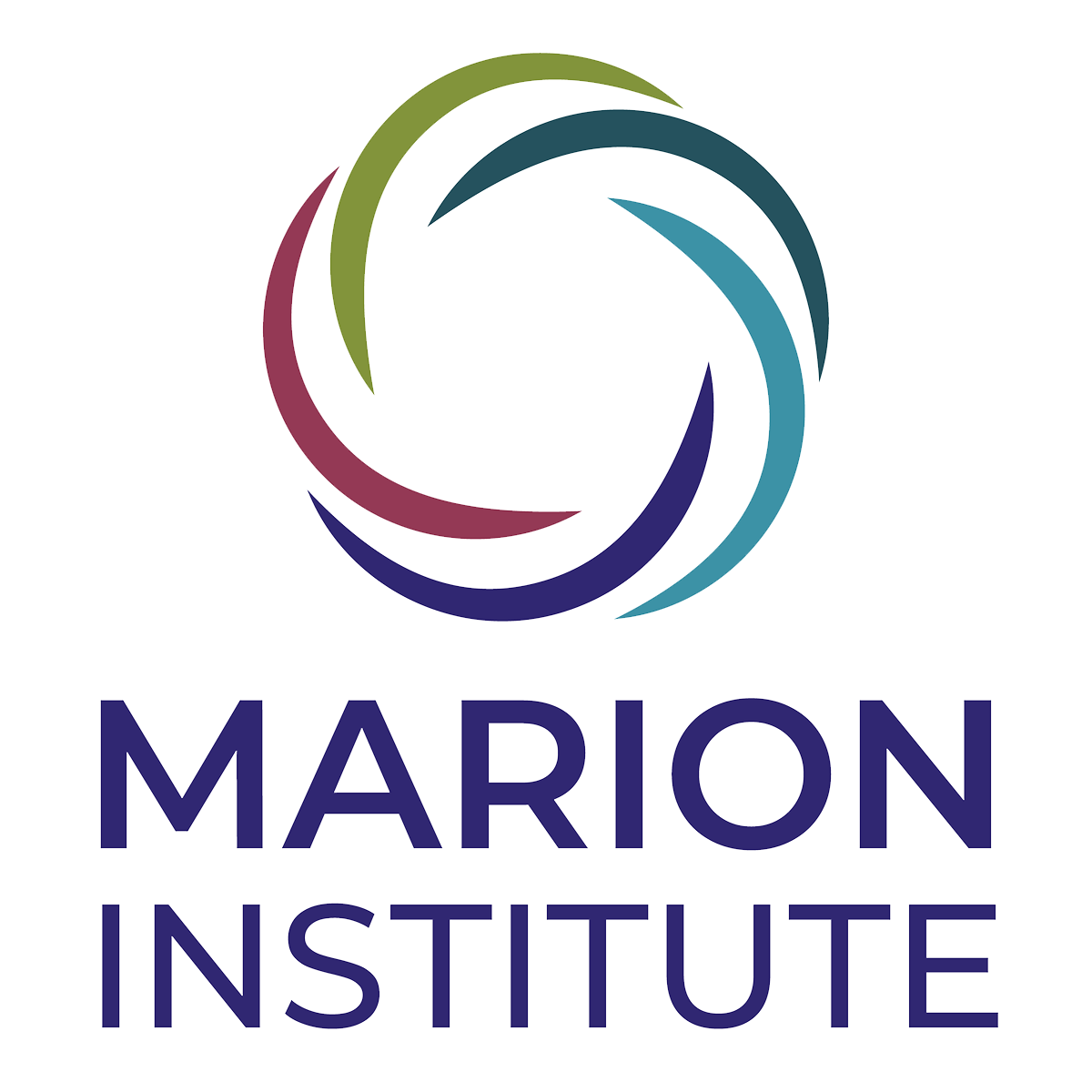


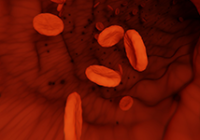
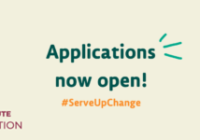







This Post Has One Comment